This Is Something Every Parent Should Be Aware Of
As screens have become a constant companion in our children’s lives, so have concerns about blue light exposure.
Enter blue light glasses, sleek, colourful, and marketed as the ultimate defence against digital eye strain. But are they truly a must-have for your child, or just another health fad?
Let’s dive into what the science says, what you should know, and how to best protect your child’s growing eyes.
What Is Blue Light, Anyway?
Blue light is a part of the visible light spectrum, and it’s everywhere:
- Natural source: The sun
- Artificial sources: LED lights, smartphones, tablets, computers, televisions
Not all blue light is bad; in fact, exposure to natural blue light helps regulate sleep, boost mood, and maintain a healthy circadian rhythm.
The concern?
Artificial blue light, especially from screens during the evening, may:
- Disrupt sleep
- Contribute to eye strain
- Possibly affect long-term vision health (though research is still evolving)
What the Research Says About Blue Light Glasses
According to studies in Ophthalmic and Physiological Optics and American Journal of Ophthalmology:
- Blue light glasses can reduce eye strain symptoms like dryness, blurred vision, and headaches in some users.
- However, there is little strong evidence that they prevent long-term eye damage or serious vision issues.
- The main proven benefit seems to be improving sleep quality if worn in the evening hours, by blocking blue light that suppresses melatonin production.
In short: They might help with comfort and sleep, but they’re not a cure-all for every screen-related concern.
When Blue Light Glasses May Help Kids
They may be worth considering if your child:
- Spends more than 2–3 hours daily on screens (especially for schoolwork)
- Complains of tired, dry, or irritated eyes
- Has difficulty falling asleep after evening screen use
- Experiences frequent headaches that seem screen-related
Important: Glasses should complement but not replace other good screen habits.
Other Effective Ways to Protect Your Child’s Eyes
Before (or alongside) investing in blue light glasses, consider these proven strategies:
1. Follow the 20-20-20 Rule
Every 20 minutes, have your child look at something 20 feet away for 20 seconds.
2. Limit Evening Screen Time
Reducing screen use 1–2 hours before bedtime supports better sleep naturally.
3. Adjust Display Settings
Use “night mode” or “blue light filters” available on most devices to lower blue light exposure without needing glasses.
4. Encourage Outdoor Time
At least 1–2 hours of outdoor play each day can protect against myopia and promote overall eye health.
5. Schedule Annual Eye Exams
Regular checkups ensure early detection of any vision problems.
Choosing Blue Light Glasses for Kids: What to Look For
If you decide to buy:
- Select reputable brands backed by optometrists.
- Look for glasses that block 20–40% of blue light enough to help without overly distorting colors.
- Ensure a comfortable fit to avoid creating new issues like headaches from tight frames.
Tip: Some companies offer prescription blue light glasses if your child already needs vision correction.
Conclusion: Helpful, But Not a Magic Fix
Blue light glasses for kids aren’t just hype; they can help with screen-related fatigue and possibly with sleep issues.
However, they’re not the only solution, and not every child necessarily needs them.
Building healthy screen habits, encouraging outdoor activity, and paying attention to sleep hygiene are just as, if not more important.
Think of blue light glasses as a tool, not a ticket to healthier eyes.
And remember: the best way to protect your child’s vision is still pretty simple: balance screens with sunshine, movement, and meaningful breaks.
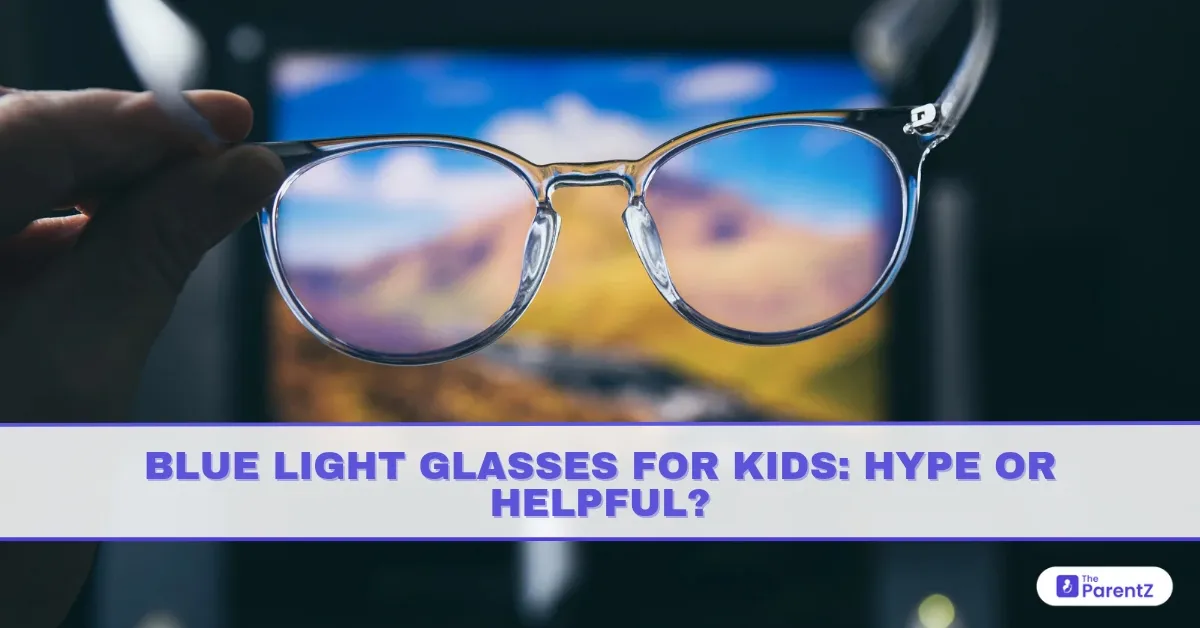

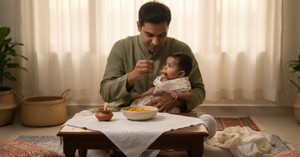
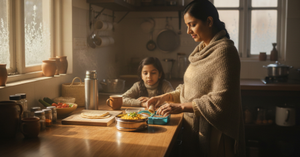
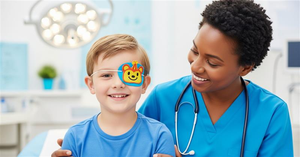
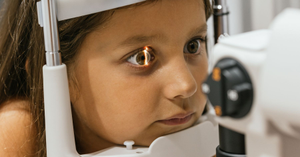
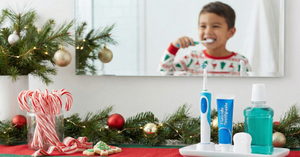

Be the first one to comment on this story.